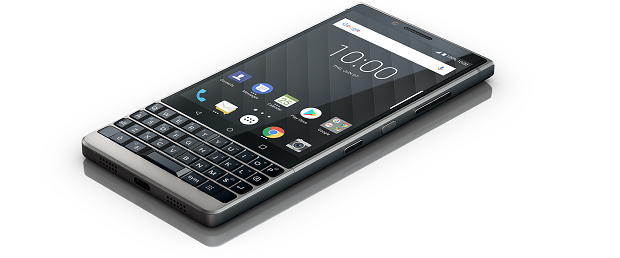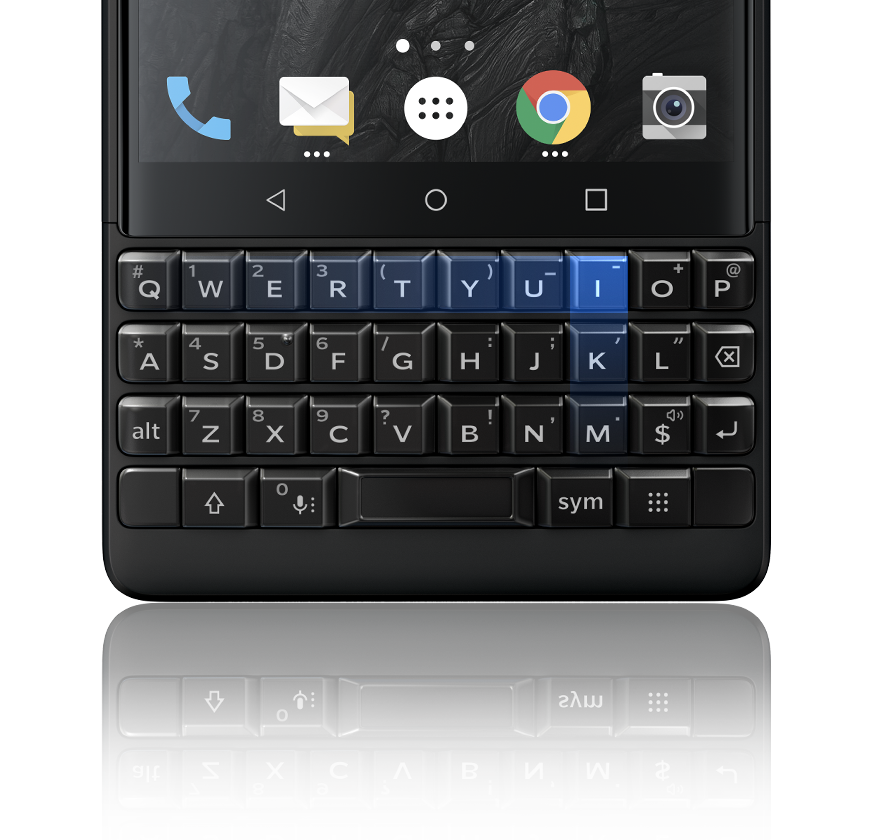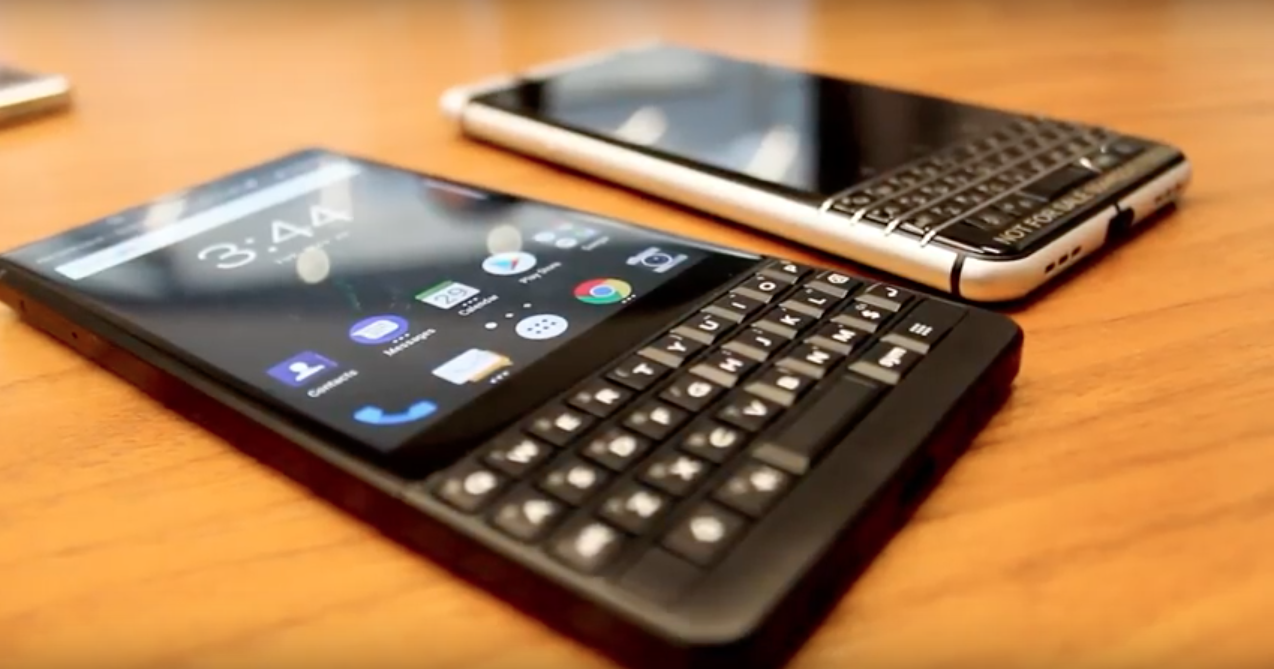We’re counting down the top smartphone of 2018 as we close out 2018. Come back every day of the week of Dec. 17-21 to see where the year’s best devices rank and let us know what you think in the comments at the bottom of the page.
| The BlackBerry Key2 will please the die-hard BlackBerry fans and anyone who wants a physical keypad. Its security features also boost its appeal to business users who need extra safeguards for their data. With a large battery and an efficient mid-range processor, the BlackBerry Key2 guarantees all-day battery life and easily tackles productivity tasks. The trade-off, however, is that it lags in heavy games and processing tasks. In addition, its cameras are just mediocre, and its small display could feel claustrophobic to users who prefer more reading space. | |
Pros:
|
Cons:
|
TCL had picked up where RIM left off years ago and maintained BlackBerry’s reputation. Even today, BlackBerries are still hailed as one of the most secure phones on the market.

As BlackBerry’s flagship device, the Key2 aims to perfect the core BlackBerry experience. Embroidered in its Android-based operating system are features like Private files, which is a file vault that requires authentication to access, and apps locker, which locks an app behind your fingerprints.
Being an enterprise-first device, the BlackBerry Key2 LE still retains a headphone jack. In addition, it supports up to two SIM cards, or one SIM card and one MicroSD card.
It wouldn’t be a BlackBerry device without the physical QWERTY keyboard. Although touchscreens have largely replaced physical keypads, there’s simply no replacing the tactile feel of buttons for some business users. In addition, the keyboard doubles as a trackpad, so you can swipe on it for gesture controls. As useful as the keyboard is, however, it does get in the way when the phone is in landscape mode. Be warned, too, that your fingers will fatigue faster, so be ready to switch to the tiny touchscreen after a long text conversation.

To fit the keyboard in the phone, the screen had to shrink to a measly 4.5”. That’s minuscule by modern phone standards. Then again, the physical keyboard simply takes up the space a virtual keyboard would, so it all equates to about the same screen estate when the keyboard is active. In addition, smaller display means less power draw.
Which brings me to power. The Blackberry Key2 has mid-range Snapdragon 660 SoC. It features eight Kyro 260 cores built on the 14nm FinFETs. Being a midrange chip, it had a tough time running games. With that said, its perfectly able to handle emails, videos, and documents, and its generous 6GB RAM produces a snappy multitasking experience.
It’s unusual to see 64GB of storage paired with 6GB of RAM, but I suppose this is to help with multitasking. The Key2 accepts a MicroSD card via the SIM tray.
Businesses users absolutely need their phones to last forever, and the BlackBerry Key2 doesn’t disappoint. A 3,500 mAh battery is ample to drive the power-sipping Snapdragon 660 processor for an entire day. I regularly get between five to six hours of screen-on time per full charge. The BlackBerry has a few nifty charging features, too, like automatically downclocks the processor to charge at the fastest possible speed.

Since it’s a business device first, don’t expect to be blown away by its cameras. Image quality is just okay, and low light performance and autofocus could both be better. What is upsetting is that the Key2 isn’t water or dust resistant. This could be due to the inherent nature of the keyboard, though.
The BlackBerry Key2 goes for $800, which seats it squarely in the budget flagship segment. Other Android phones in this price range include the OnePlus 6T and previous generation flagships like the Samsung Galaxy S8. They all have gorgeous, large displays and better performance. With that said, none can content with the BlackBerry Key2’s keyboard. Its small screen feels a bit squished, but it’s the perfect phone for those who know they need it.





